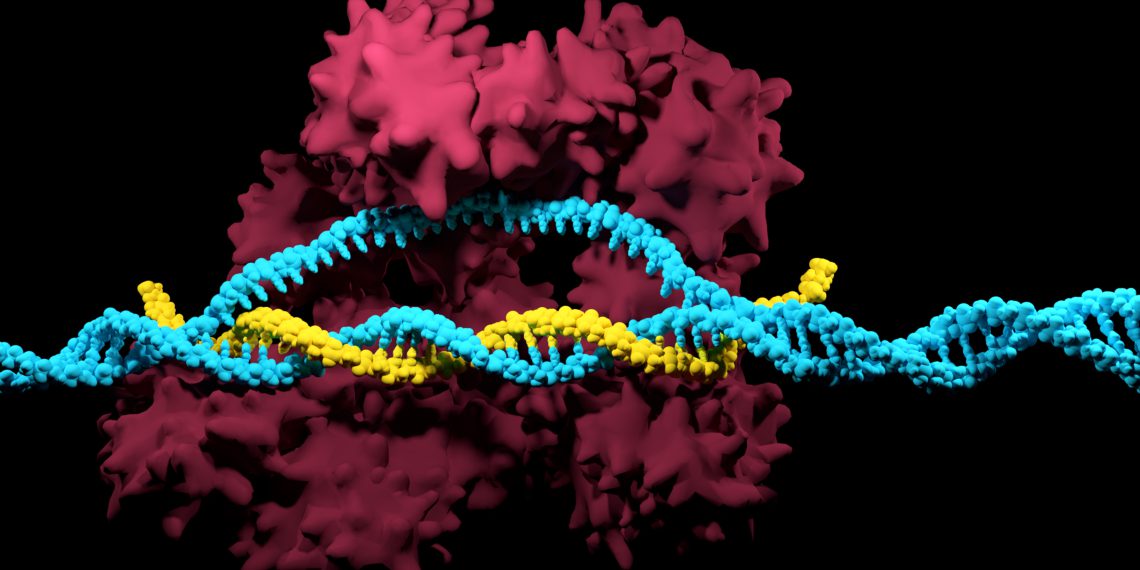Merck, the vibrant science and technology company, announced that the Australian Patent Office has allowed the company’s patent application for the use of paired CRISPR nickases. Paired nickases represent a significant step in increasing safety by driving specificity through a highly flexible and efficient approach to reduce off-target effects. This improves CRISPR’s ability to fix diseased genes while not affecting healthy ones.
“We’ve made tremendous strides in recent years evolving CRISPR technology, and this is a pivotal time in scientific research. Merck’s paired nickase CRISPR technology is important for researchers who need highly accurate methods when developing treatments for difficult-to-treat diseases. This new patent allowance represents a significant advancement in safety for CRISPR-enabled therapeutics.”
Udit Batra, member of the Merck Executive Board, and CEO, Life Science
The allowed patent application covers a foundational CRISPR strategy in which two CRISPR nickases are targeted to a common gene target and work together by nicking or cleaving opposite strands of chromosomal sequence to create a double-stranded break. This process can optionally include an exogenous or donor sequence for insertion in the same manner as Merck’s patented CRISPR integration technology. The requirement of two CRISPR binding events greatly reduces the chances of off-target cutting at other locations in the genome.
In addition to allowing a patent application on paired nickases, the Australian Patent Office recently announced the formal grant of Merck’s 2017 CRISPR integration patent, following withdrawal of four independent, anonymously filed oppositions.
Merck’s CRISPR integration patent portfolio includes granted patents in Australia, Canada, China, Europe, Israel, Singapore and South Korea. These CRISPR patents are directed to chromosomal integration, or cutting of the sequence of eukaryotic cells and insertion of a synthetic exogenous DNA sequence to make a desired genomic change.
Paired CRISPR nickase methods build on other technologies in Merck’s CRISPR patent portfolio, including CRISPR integration. Commercial organizations need Merck’s intellectual property for CRISPR-based insertion of DNA if they seek to correct genetic defects in the somatic cells of gene therapy patients. Merck is licensing this patent portfolio for all fields of use.

















